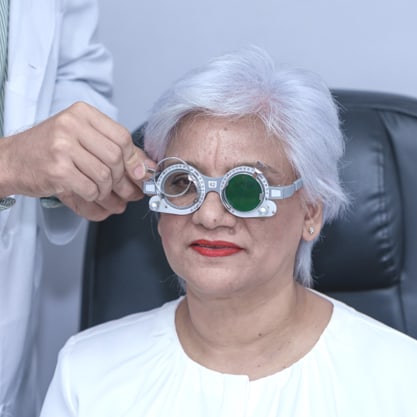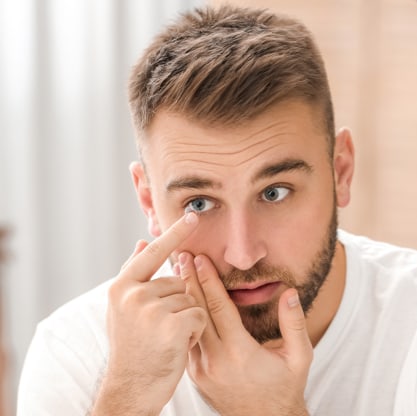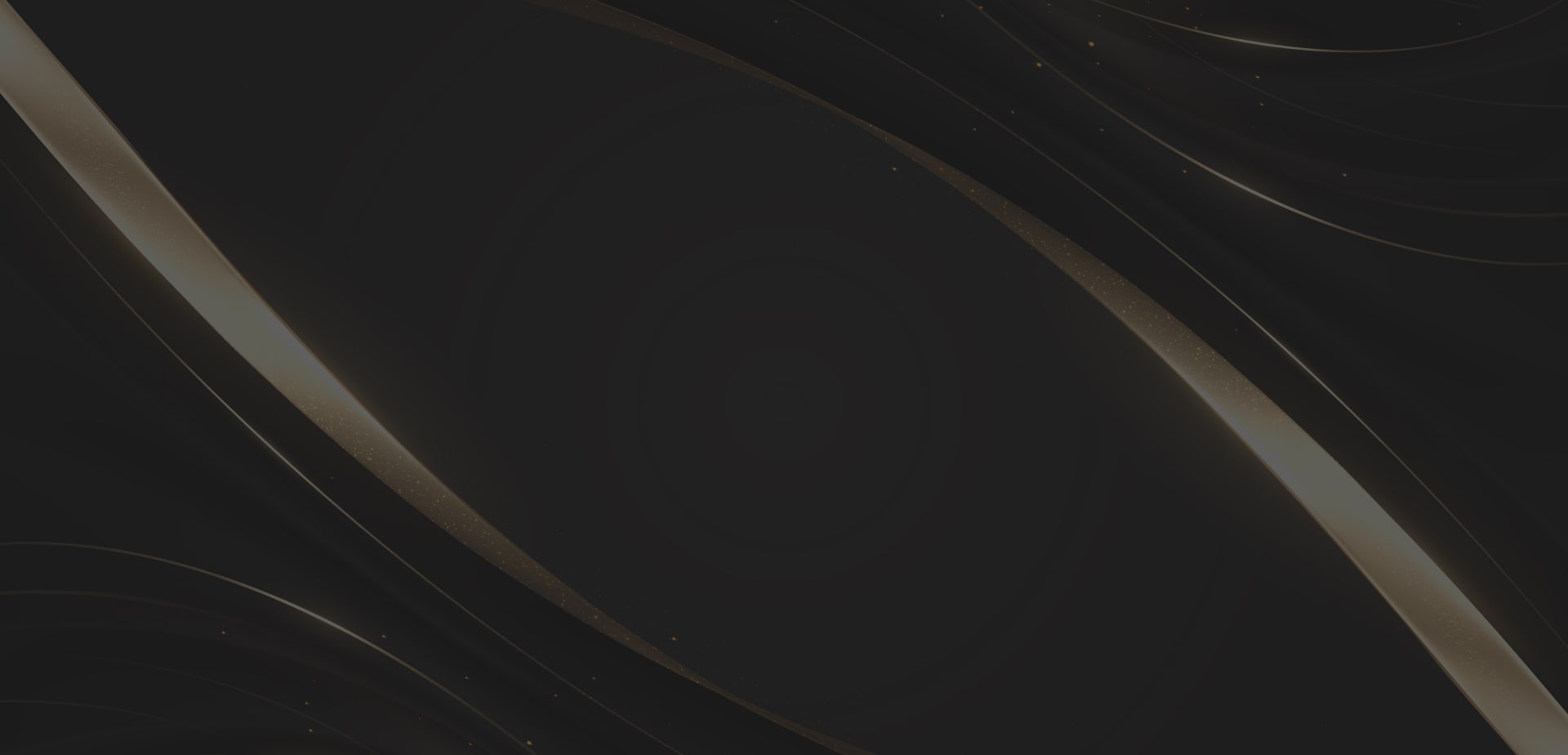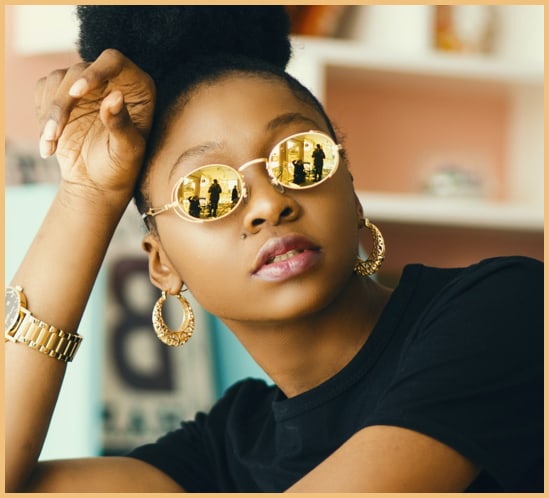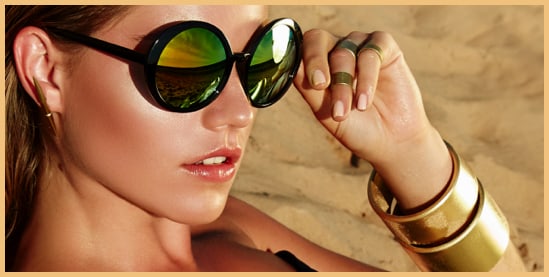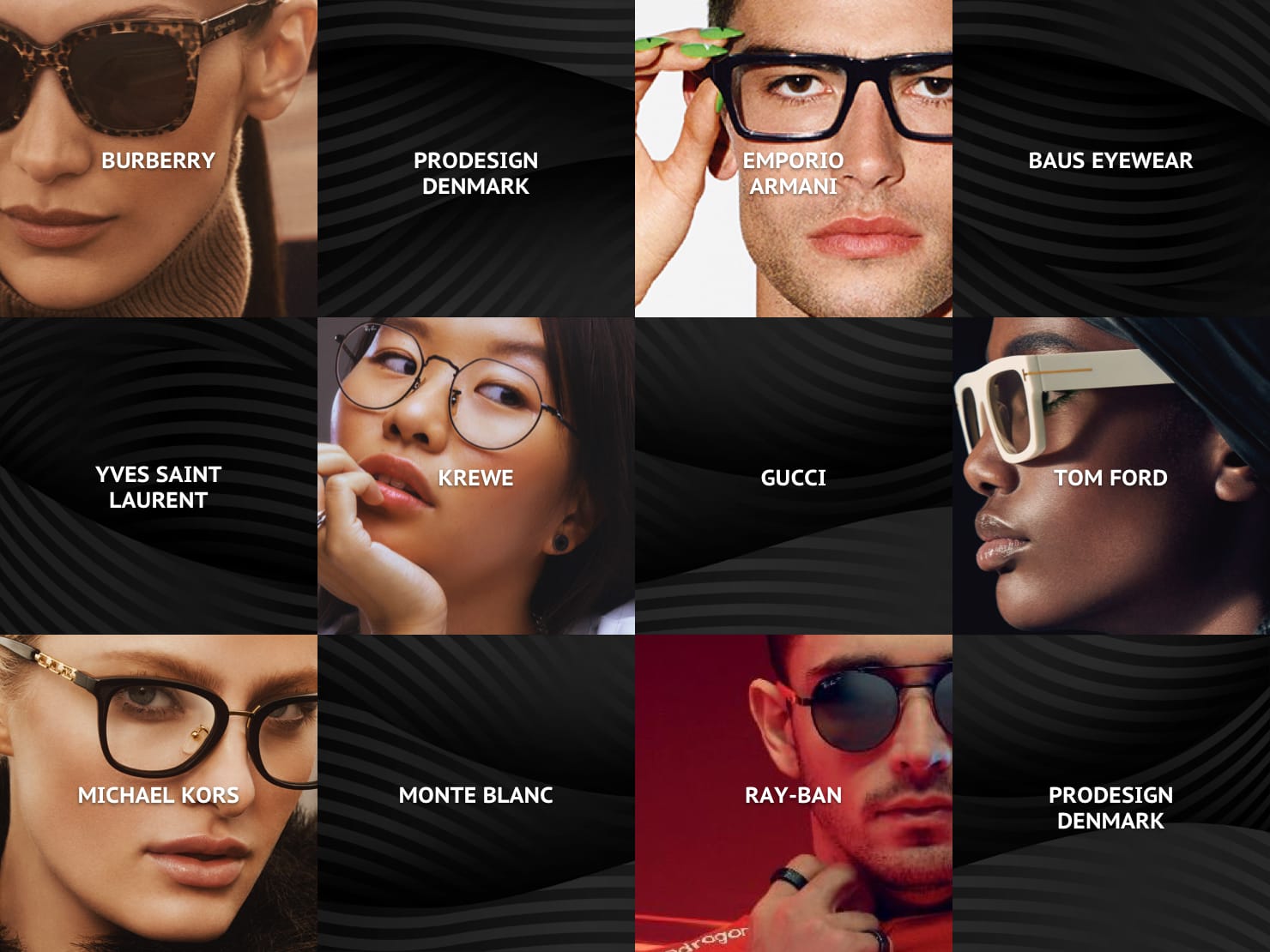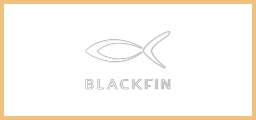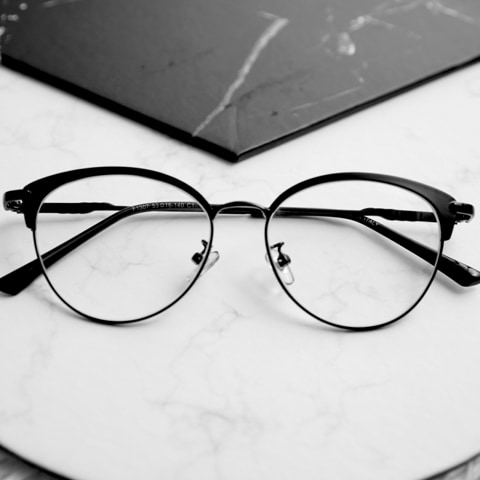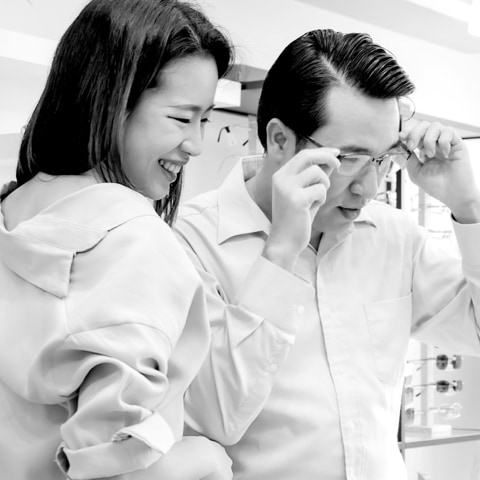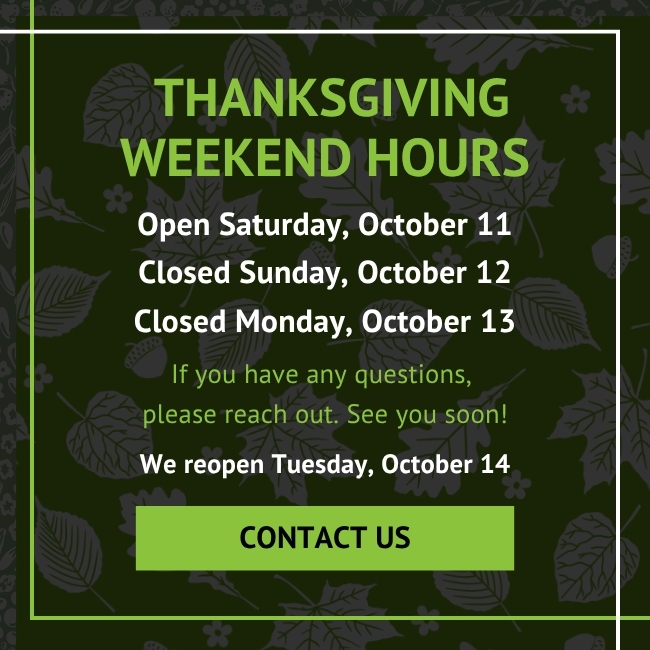As a parent, you want to make wise choices for your child’s health and future. When it comes to their vision, you may notice them squinting to see the board at school or sitting closer to the TV. These can be signs of myopia, or nearsightedness, and it’s natural to wonder what you can do to help.
You want a solution that does more than just help them see clearly today—you want one that supports their long-term eye health. Modern myopia control lenses use specialized technology designed to help slow down the progression of nearsightedness while still providing clear vision. This approach combines day-to-day clarity with proactive, long-term care.
What Is Myopia & Why It Matters for Your Child
A Simple Look at Nearsightedness
Myopia, often called nearsightedness, is a common eye condition that makes distant objects appear blurry while close-up objects remain clear. It happens when a child’s eye grows too long from front to back. This change in shape affects how the eye focuses light, causing blurry vision at a distance.
Signs of Myopia in Children
Children often aren’t aware that they have issues with their vision. So look for common signs like:
- Blurry distance vision
- Frequent squinting to see clearly
- Eye strain & headaches
Why Myopia Progression Is a Concern
Myopia often starts in childhood and can get worse as your child grows—a process called myopia progression. When myopia advances far enough, it becomes what is known as high myopia. High myopia is known to increase the risk of developing eye health conditions like retinal detachments, glaucoma, and cataracts.
A New Approach to Myopia Care
More Than Just Clear Vision
Traditional glasses and contacts correct blurry vision, but they don’t address the cause of myopia progression. Myopia control, on the other hand, is designed to slow down how quickly your child’s prescription changes.
The Goal of Myopia Control
The main goal is to slow the elongation of the eyeball while your child is still growing. Childhood is a critical time for myopia management because their eyes are developing rapidly. Slowing down myopia’s progression protects children’s future vision and keeps their sight as clear as possible.
How Myopia Control Lenses Work for Your Child
Instead of using single-vision lenses that only correct eyesight, myopia control lenses use a specialized optical design that both corrects vision and sends a signal to the eye to slow down excessive growth.
This allows children to see clearly while also helping to manage how quickly their myopia progresses over time.
Do Myopia Control Lenses Reverse Myopia?
It’s important to know that these lenses do not reverse or cure myopia. Rather, they’re a non-invasive tool designed to help slow its progression.

The Benefits & Features of Myopia Control Lenses
Myopia control lenses offer more than just clear vision—here are some of the key advantages they provide for growing eyes:
- Clinically proven to reduce the rate of myopia progression compared to traditional single-vision lenses
- Designed for a child’s active lifestyle—thin, light, and impact-resistant
- Comfortable for everyday wear at school, sports, and play
- Also available in sun lens options, combining UV protection with myopia management
What to Expect with Myopia Control Lenses
Who Is a Good Candidate?
These lenses are suitable for children between the ages of 6 and 18 who show signs of myopia progression. An eye doctor can perform a comprehensive exam to determine whether they’re the right choice based on your child’s prescription and eye health.
The Adaptation Period
Like any new pair of glasses, there may be a short adaptation period—typically one to two weeks—as the eyes adjust to the new lens design.
How Many Hours Should Your Child Wear Them?
For the lenses to work effectively, your child should wear them full-time during all waking hours. Consistent use is key to successful myopia management.
Learn More from Your Eye Doctor in Etobicoke or Mississauga
Track Your Child’s Eye Health
Regular eye exams are important for monitoring myopia. Your optometrist tracks changes in your child’s prescription and measures the axial length—the length of the eye—to see how well the treatment works.
Your Questions Answered
Every child’s vision is unique, and you probably have more questions. At Sage Eyecare, we combine decades of experience with a fresh, modern approach to vision care. Our calm and inviting clinic is designed for your comfort, and we’re here to guide your family toward healthy vision. Schedule your child’s comprehensive eye exam today.




